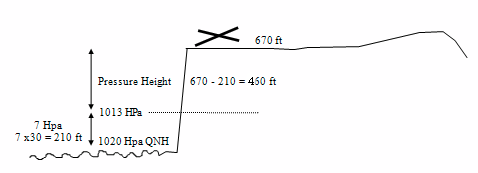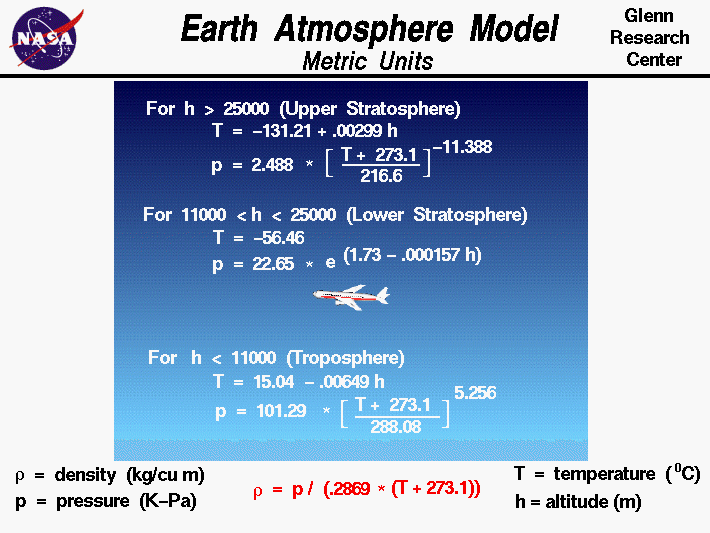

Humidity also plays a role in adjusting air density. This reference altitude is the density altitude. Since the aircraft only responds to density, it will behave as if it were at a higher ISA altitude.Ĭonversely, if the outside air temperature (OAT) is less than what ISA would suggest for that altitude, the aircraft will operate as though it were at the altitude where that temperature would normally be found in the ISA. In the atmosphere where air is not constrained, adding energy will increase temperature and thus decrease density as the heated molecules spread apart, which means that the air pressure will decrease.Īn increase in air temperature above the ISA temperature at a given altitude means that the air density at that altitude will be less than what it would be under ISA conditions. That pressure depends on the number of molecules in the volume and their motion. Recall that each volume of air is exerting a pressure force in all directions on the air around it.

Pressure is also related to density and temperature. This inverse relationship between density and temperature helps us understand density altitude.

If the amount of energy received by the molecules is less than the amount they are releasing, they will slow, become more tightly packed (denser), and release less and less sensible energy (colder). Water vapor molecules are lighter than nitrogen and oxygen, and can reduce the mass density of a volume of air where they are present. Fewer molecules in a given area means less density. It also means that the molecules will spread further apart as they move around more rapidly. This increased activity translates into the molecules releasing more sensible (heat) energy, meaning warmer air. When energy is absorbed by air molecules, they become more active. Of course, the density of the air at any level will be affected by temperature and humidity. Above an aircraft’s service ceiling, the air density is too low for the aircraft to generate enough lift or thrust to maintain the altitude. Because lift is dependent on true airspeed, as density decreases, the loss of lift must be compensated by an increase in thrust. This density versus altitude relationship is part of the International Standard Atmosphere (ISA) – a set of average conditions of temperature, pressure, and density relative to altitude on which we base aircraft performance numbers.Īs air density decreases, so does aircraft thrust at a set power level, and at a set speed, lift, and drag. That adjustment will continue until, for every level of the atmosphere, the air density is just right to balance the 2 forces in hydrostatic equilibrium. If gravity exceeds the upward pressure gradient force, the molecules will descend. If the force exceeds the downward pull of gravity, the molecules at that level will rise. That pressure is produced by the air density and temperature at that level.īecause fluids like to flow from areas of higher pressure (like at the surface) to lower (outer space), the pressure gradient creates a net upward force. At any given level, the air exerts a pressure in all directions, including upward. The reason they all don’t pancake into a thin layer of air just at the surface is something called hydrostatic equilibrium. Normally, air density at sea level is 1.225 kg per cubic meter, and it’s half that at 21,860 ft, because the force of gravity tends to concentrate the molecules near the surface. Air density also factors into the amount of thrust an engine produces, either in terms of power produced by the combustion of fuel and air in the engine, or the efficiency of propellers.Īir density is simply a measure of the mass of air molecules in a given volume of space. One of the primary factors in creating lift is the density of the air through which the aircraft is moving.

Anything that reduces the first 2 forces or increases the latter 2 will decrease aircraft performance. An aircraft’s ability to fly depends on lift and thrust exceeding weight and drag. Density altitude is an important consideration, especially for summer flying. Above-ISA temperature will reduce lift and thrust, necessitating a longer runway roll and shallower climb to altitude. Gulfstream climbs out on a hot summer day.


 0 kommentar(er)
0 kommentar(er)
